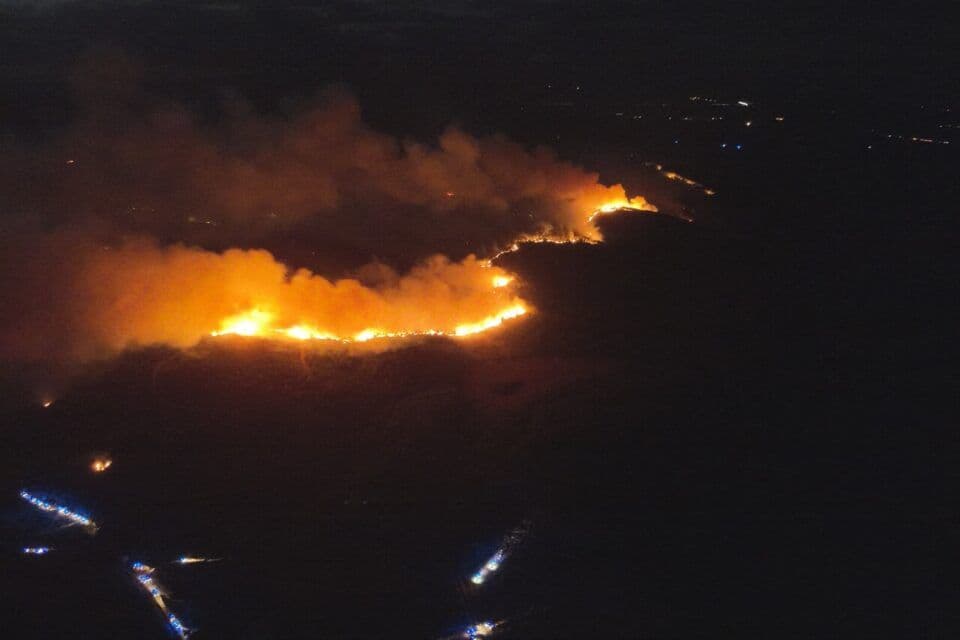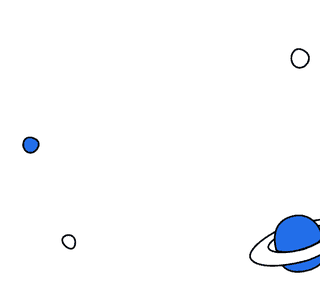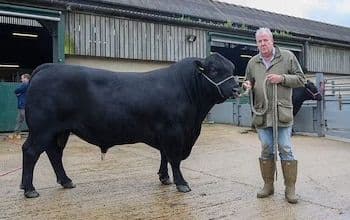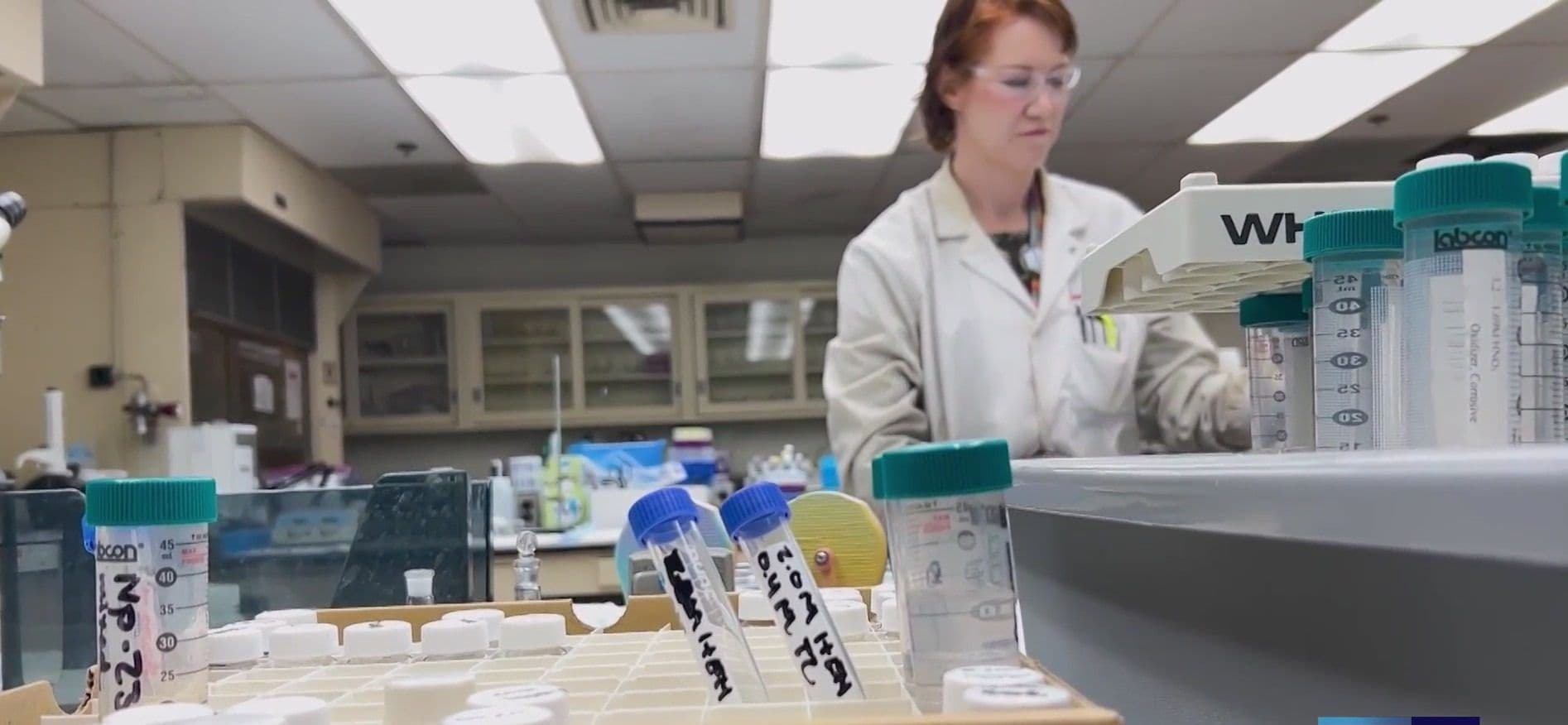Hooves of Restoration: Martha's Vineyard Land Bank's Resilient Return to Ecological Grazing
MV Land Bank's innovative grazing returns! Learn how a strategic, mixed herd of cattle and goats offers a precise, resilient approach to ecological restoration and land management.
The Unfolding Pasture: A New Beginning for MVLB Grazing
A quiet transformation is taking root across properties this summer, signaling a thoughtful evolution in their approach to land management. After a brief hiatus, the Land Bank's ecological grazing program has officially recommenced, marking a significant shift from its previous iteration. Just this June, ten Randall cattle arrived on the Island, ready to contribute their unique grazing patterns to the Island's delicate grasslands. This initial herd, a deliberate choice by livestock manager , represents the vanguard of what is envisioned as a much larger, more diverse animal contingent. Plans are already in motion to expand the herd in the coming weeks, a clear indication of the Land Bank's renewed commitment to this vital conservation tool. This return to active grazing, following the auctioning of their former goat herd last fall, isn't simply a rehash of old methods; it's a carefully considered step towards a more adaptive and precise strategy for maintaining the Vineyard's cherished open spaces.
Echoes of the Past: Learning from the Goat Herd's Challenge
The decision to reintroduce grazing animals wasn't made in a vacuum, nor was it without its complexities. The Land Bank has, in fact, utilized animals for grassland management for roughly a decade, proving their efficacy as a natural, sustainable tool. However, the previous chapter involving a dedicated goat herd concluded last September with their unfortunate auctioning. This was a direct response to a significant challenge: the herd had become severely plagued with parasitic worms. This setback, while regrettable, served as a crucial learning experience, prompting a deep re-evaluation of animal husbandry practices and herd composition. It highlighted the inherent vulnerabilities of a monoculture grazing system and underscored the importance of resilience, adaptability, and scientific rigor in conservation efforts. The past, in this instance, isn't a burden but a foundation, informing the meticulous planning that has gone into the current, more robust grazing program, ensuring that the new approach addresses the very issues that led to the previous herd’s dispersal.
The Science of Hooves: Strategic Grazing for Diverse Habitats
The lessons gleaned from past challenges have directly shaped the Land Bank's sophisticated new grazing strategy, transforming it into what livestock manager describes as a truly “precise grazing operation.” The vision now centers on a mixed-species herd, harnessing the distinct ecological impacts of different animals to target specific habitat needs. For instance, the reintroduction of goats, alongside the newly arrived cattle, is not arbitrary. Goats, with their agile nature and preference for browse, will be strategically deployed around challenging areas like hilltops and rock walls, effectively clearing up encroaching woody vegetation. Conversely, cattle, particularly the Randall and the hoped-for Pineywoods breeds, excel at converting dense scrub and understory back into healthy grasslands. Bell's initial preference for Pineywoods cattle, known for their parasite resistance and heat tolerance, speaks to this scientific approach, even if market difficulties necessitated starting with Randall cattle. This dual approach maximizes ecological benefit, ensuring that each hoofbeat contributes to a targeted restoration goal rather than just general vegetation control.
Guardians of the Landscape: The Broader Vision of Land Stewardship
This meticulously planned grazing program is far more than just managing vegetation; it’s an integral component of the 's broader vision for land stewardship. The strategic deployment of a mixed herd, with its precise targeting of different habitats, reflects a mature understanding of ecological restoration. It's a testament to the Land Bank's commitment to finding innovative, sustainable solutions for preserving the Island's natural beauty and biodiversity. The success of the initial Randall cattle at offers a promising glimpse into the future, reinforcing confidence in this adaptive model. As the Land Bank works to expand its animal roster, potentially adding more Pineywoods cattle and a new contingent of 10 to 15 goats, they are not merely maintaining landscapes. They are actively shaping them, fostering healthier ecosystems, and ensuring that the Vineyard's unique character endures for generations to come. This proactive, intelligent application of animal husbandry stands as a powerful example of conservation in action, showcasing how challenges can be transformed into blueprints for a more resilient and vibrant natural world.
Related Articles

Aude's Living Shield: How Nature and Community Are Forging a New Era of Wildfire Resilience

Aude's Living Shield: How Nature and Community Are Forging a New Era of Wildfire Resilience

Scales of Contention: The Unsettling Demise of a Jordan Valley Crocodile Farm

Scales of Contention: The Unsettling Demise of a Jordan Valley Crocodile Farm

Fields of Doubt: Diddly Squat's Heartbreaking Battle with an Invisible Enemy

Fields of Doubt: Diddly Squat's Heartbreaking Battle with an Invisible Enemy

Lake Mead: Beyond the Drought – A Chronicle of Resilience and Rediscovery
